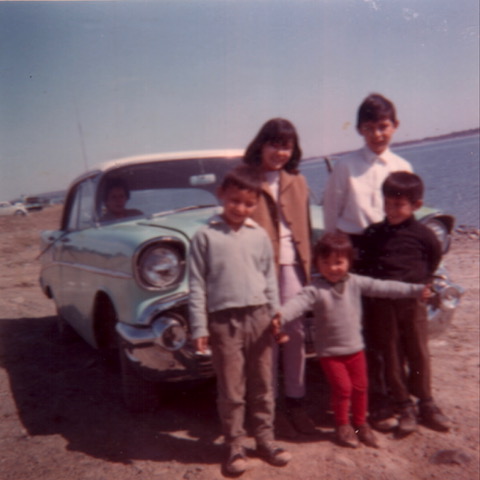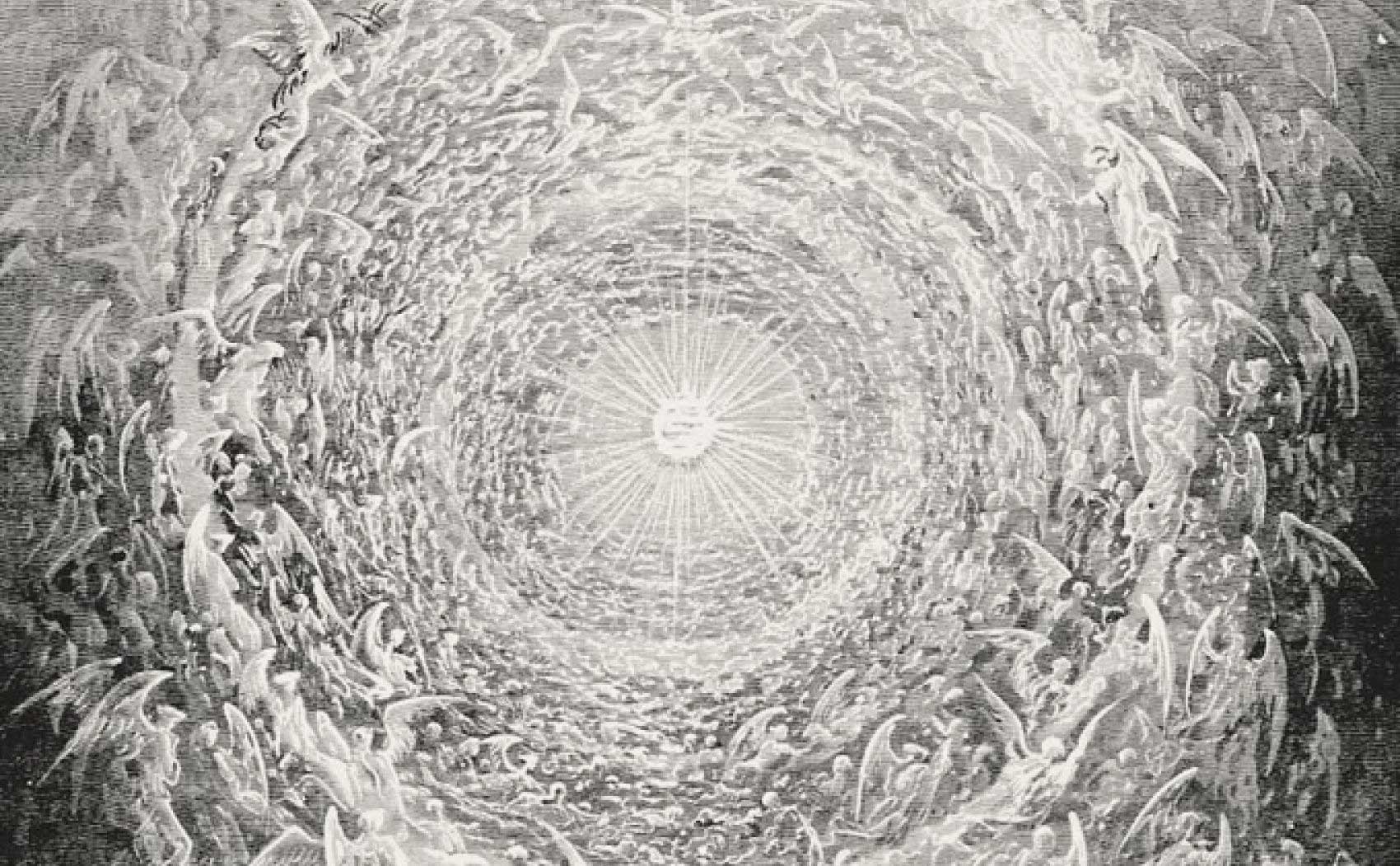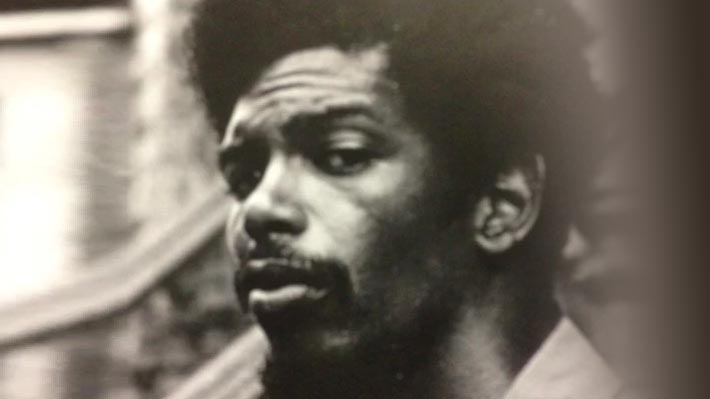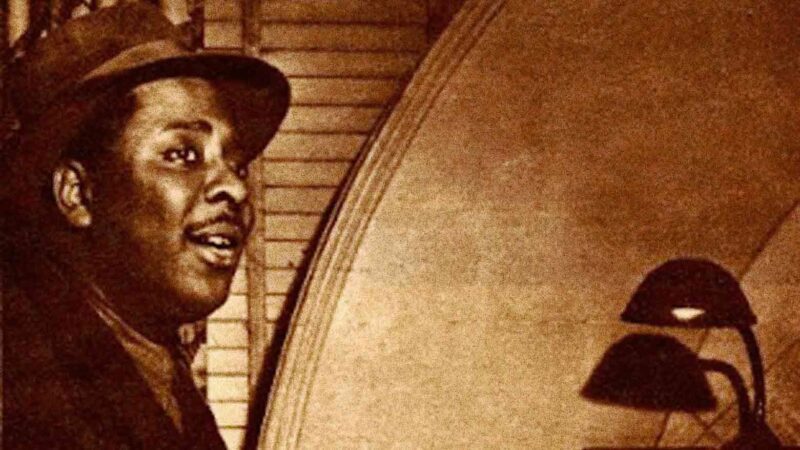Bloomsbury, New York: 2013
Jaspreet Singh’s new novel, Helium, is about Raj Kumar, a scientist with a doctorate in Chemistry from Cornell University and an undergraduate degree in engineering from the Indian Institute of Technology (IIT), Delhi. After an absence of twenty-five years, he returns to India on sabbatical to visit his ailing father. He recollects the last time when he was there during the anti-Sikh riots that followed the assassination of Prime Minister Indira Gandhi by her Sikh bodyguards. On November 1, 1984, the year of the dreaded riots and Union Carbide’s gas leak disaster in Bhopal, his beloved Professor Singh from IIT is burned alive with a tire around his neck. This leaves Kumar with “scalded” memories: Delhi, for him, is a “singed postcard.” On his return, he sets out to pick up from where he had left, to look for Professor Singh’s wife, Nelly, a beautiful woman, he recollects, with two children, Arjun and Indira.
He finds her in the Himalayan town of Shimla, a dying vestige of colonial opulence, once the summer capital of British India. It is not a “bad place to recover.” Nelly is the archivist at the stately Viceregal Lodge, now occupied by the prestigious Indian Institute of Advanced Studies. Her home on Prospect Hill and the neighbouring Summer Hill with its new Himachal University remind one of cold mornings, mugga baths, and tall conifers. There are references to old buildings now “fallen into disrepair:” the old library on the Ridge, the Railway Board building, Catholic cathedral, Lakkar Bazaar, Snowdon Hospital, Medical College, and the three Kali temples. Although the landscape provides shelter and respite from bitter memories of Delhi, it is very clear that Nelly, as a Punjabi Sikh woman, is a minority among the local Pahari population. She tells Kumar about growing up in a Sikh family. Her father, an agricultural scientist, was forever trying to resolve contradictions “between science and religion:”
“Waking up at four in the morning and in the solitude of his room the rice scientist would hold reasonably loud dialogues between God and Darwin….God would win in the end, but Darwin would make sure the dialogues started again the next day.” (P42)
Helium is a bold, hard-hitting book that swings from fact to fiction against a backdrop of rheology, the science of deformation and flow of ‘complex materials’ such as blood, volcanic lava and clays – materials with ‘memory’, that “carry within them deep traces of unresolved past.” There are references to Primo Levi, also a chemist and an author, whose collection of short stories, The Periodic Table, deals with survival in Nazi concentration camps. Like Primo, Professor Singh inspires elements and gases such as helium with life and art: “colourless, odourless, tasteless and monoatomic,” it is the “so-called noble gas” that “defies gravity;” that “knows how to overcome obstacles;” and that can transform into “a fluid like no other, a superfluid.”(P67) However, despite these wonderful properties, the fact is that helium is slowly escaping “our earth’s gravitational field”: “If we are not careful on Planet Earth, in thirty or forty years not many atoms of this ludicrously light element will be left behind. All our primordial helium has already vanished.”(P12) The reader begins to understand the importance of preventing this loss, and of preserving at least its history.
Jaspreet Singh’s narrative is lyrical, followed almost immediately with filthy expletives uttered by a mob gone mad for revenge, moving from one turbaned Sikh to another, at the orders of the highest officials within the prestigious Indian Police Services. Sentences transform themselves and lock on to images of fire and waste leading into the beauty of mist-covered mountains, home to an incredible variety of beautiful birds.
The question Kumar asks is around memory: why is the majority “unable to comprehend the enormity of its action and the pain of the minority?’ Even though the names of those guilty of killings during the riots can be found on lists, and official reports are there to be read, nothing has been done, and victims from the 1984 riots, like victims from the Union Carbide gas leak, are waiting in forgotten, poverty-stricken areas of Delhi such as Trilok Puri. Preserving this memory, ensuring that the pain is never forgotten, and preventing the guilty ones from evading justice are what Kumar and Nelly seek out for themselves. They find peace through the scientific search of the known from the unknown, and by ensuring that the flow of human history, very much like the ‘memory’ of “complex materials,” does not forget to carry “traces” of its “unresolved past.”
Helium is difficult to forget.
Books by the same author: Seventeen Tomatoes and Chef










